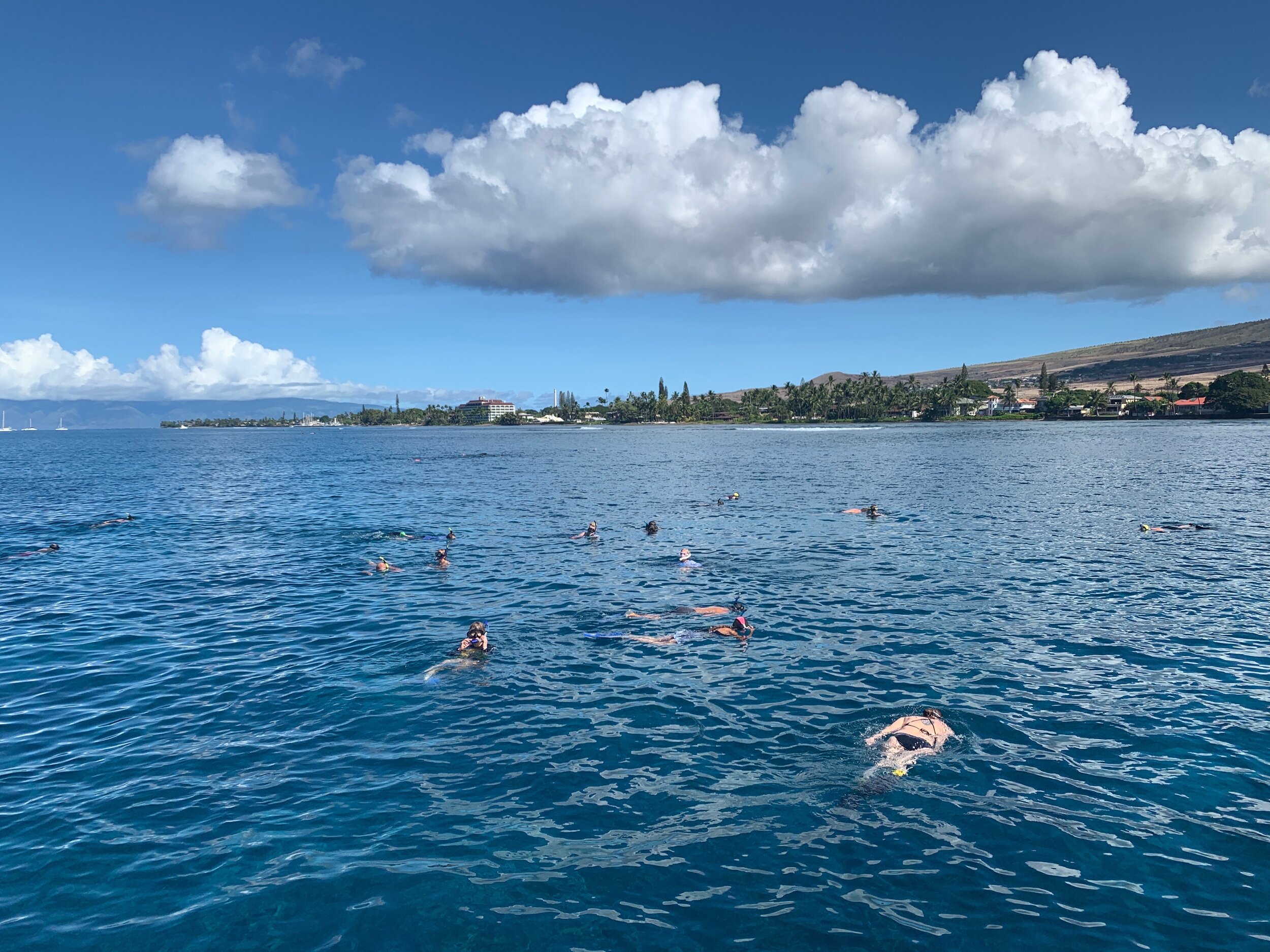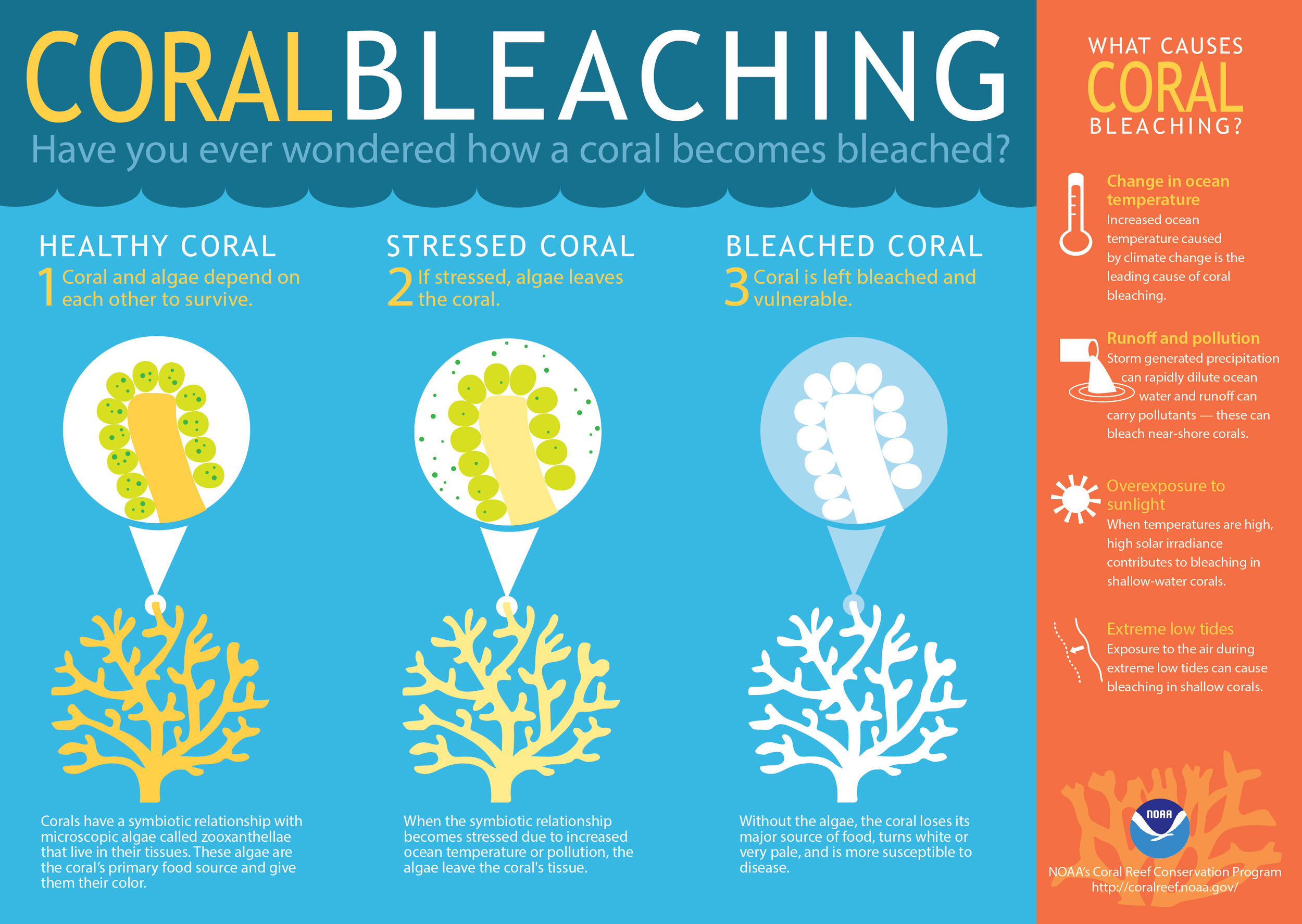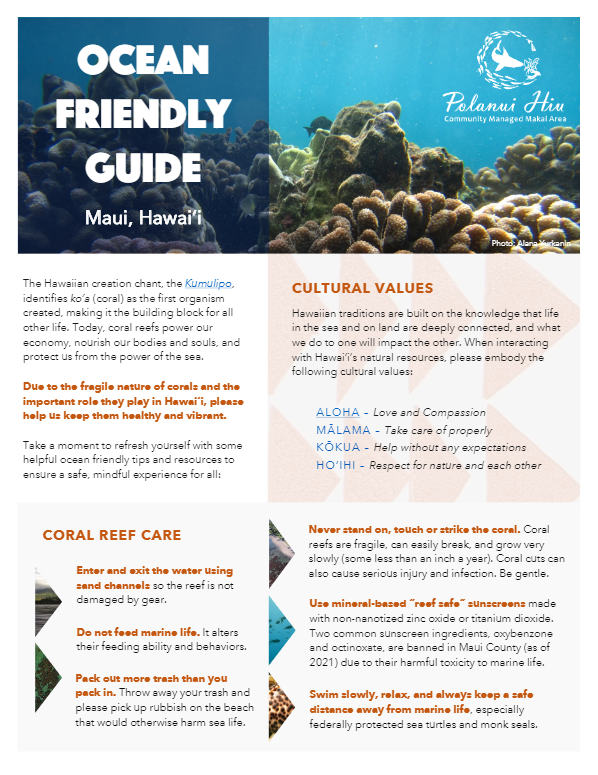Blue'Aina with Trilogy Excursions
Trilogy Excursions was pleased to directly sponsor this month’s October Blue’Aina sail with a donation to the Malama Kai Foundation.
The Malama Kai Foundation helps sustain Hawaii’s coastal and marine resources for current and future generations. By working together with partners, they enhance marine and coastal protection in Hawaii through education, outreach, and support of community based resource management.
For October’s cleanup sail, we decided to venture to a new location that isn’t regularly cleaned, so we traveled the short distance to Puamana Pools: A popular surfing spot not necessarily known for its snorkeling. The weather was perfectly sunny and clear and the water visibility was perfect. After the hour of snorkeling and searching for marine debris, our volunteers found 2 paddles, fishing line, a hat, tire tube, and a medium sized fishing net. The fishing net required multiple people with free diving skills and a few sharp knives to be freed from the dead coral head it was attached to.
TRILOGY crew member Lowell, next to the trash found in the reef.
We are proud to have Trilogy’s Blue’Aina trips act as a floating classroom, providing the 60 volunteers with real-time citizen science projects and environmental discussion. On this Blue’Aina we focused on coral reef health. While in the water looking for marine debris I took notice of the health of the coral reef. This spot is doing okay as there were lots of previously bleached coral and sedimentation here. A few coral heads were just starting to bleach this season.
Hawaii is currently in the middle of a coral bleaching event. Beginning in September, Hawaii has had above average warm surface water. When the water is warm for a prolonged period of time, this leads to street on the coral.. Coral can get stressed out for many different reasons such as sedimentation, nutrient enrichment, or physical damage. When the coral is stressed out this leads to the zooxanthellae leaving the limestone coral, in turn making the coral head look white, or bleached. The coral can last about a month to a month and a half in this stressful situation. After that, the coral head will permanently die. Once the coral head dies, algae starts to take over the new “free” space. This makes the coral heads look concrete gray in color and gives the reef a dull look.
Bleaching happens every year on a small scale, but currently we are in the middle of a mass bleaching event. It is important to get out in the water and visually monitor the state of the corals. Using the Eyes on the Reef coral health report form, citizen scientists can submit the data. This allows the researchers to get a comprehensive overview of coral health and can then identify trends and rates of coral decline. Making a report is easy and takes about 2 minutes to fill out. If you frequently get in the water to snorkel please consider filling out a Coral Health form directly on their website.
As we go through these next few months of high surface temperate it’s of utmost importance to not stress the coral out more than it already is. See the infographic below for tips on how to reduce your impact on the coral reef.
Written by Magen Schifiliti ~ Conservation & Education Director at Trilogy





